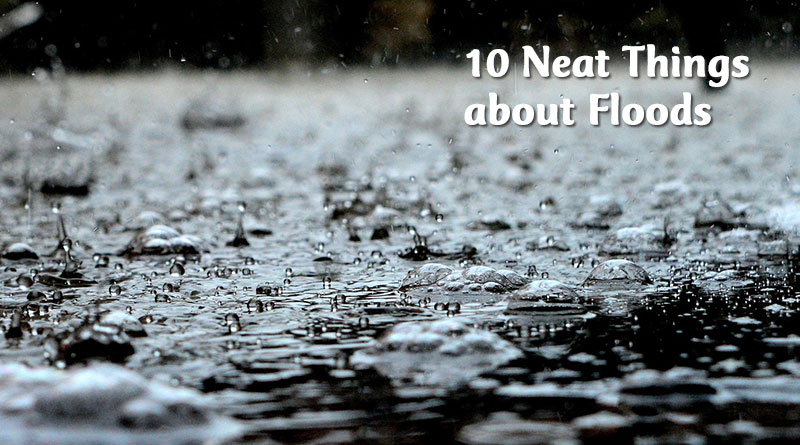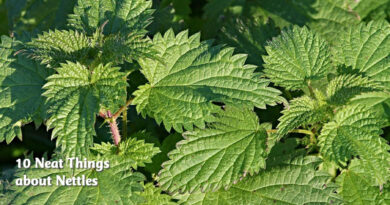About Floods
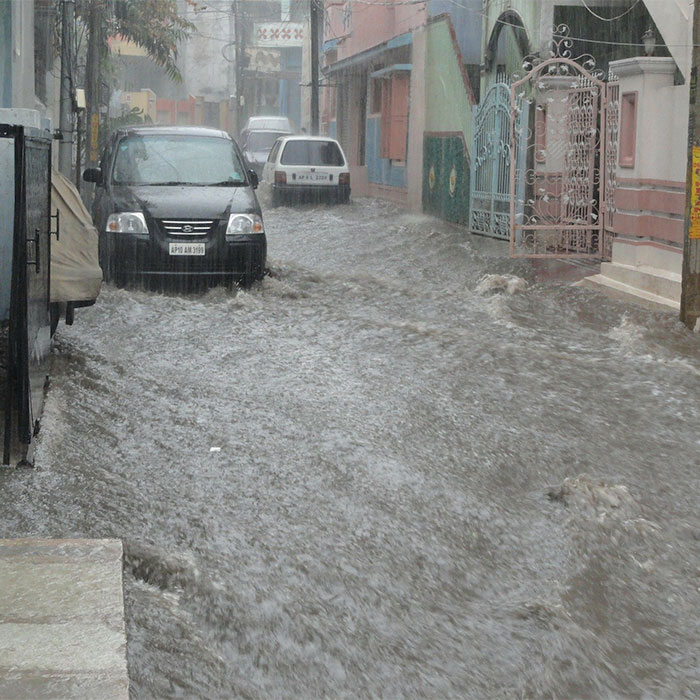
1. Don’t get carried away.
It only takes about six inches of flood water to stall most passenger cars. One foot of water will float most automobiles. It takes less than two feet of water to carry away an SUV-sized vehicle.

2. Mother Nature’s most dangerous weapon.
In a US study a few of years ago, it was learned that hurricanes took 16 lives; tornadoes took 65; lightning took 73 and floods took 173. This is a statistic that is echoed, usually, worldwide. The 1931 China floods killed millions.
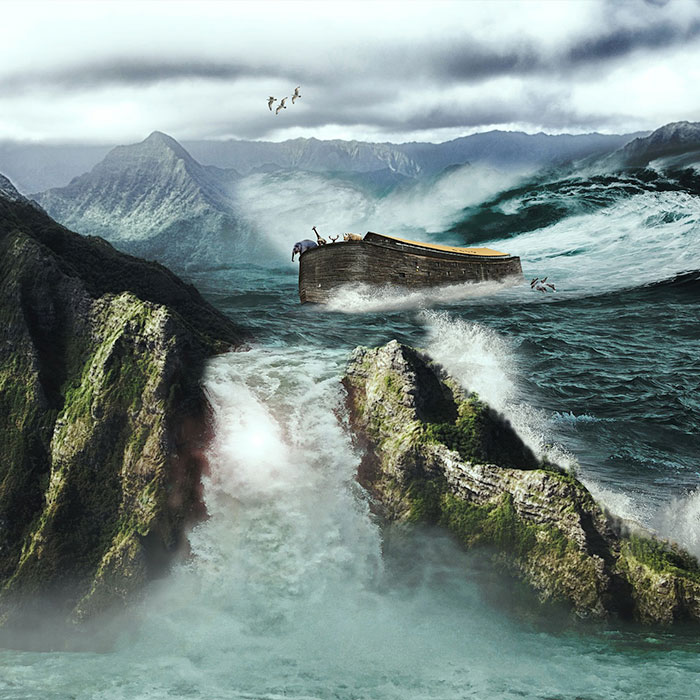
3. Flood mythology.
The story of devastating floods runs throughout the histories of civilizations from the Mediterranean and the Bible, to India, to the New World where both the Mayan and Ojibwa nations had similar stories. The stories always include a theme of divine retribution. The Greeks found fish fossils on mountain tops and postulated that the world had been flooded several times.

4. Flash floods.
Flash floods can be caused by storms, tsunamis, ice melt, dam breaks and even glacier melt as the result of volcanic heat. Being in a desert or on very dry land is no defence. Dry soils cannot rapidly absorb sudden inundations, but neither can saturated lands.
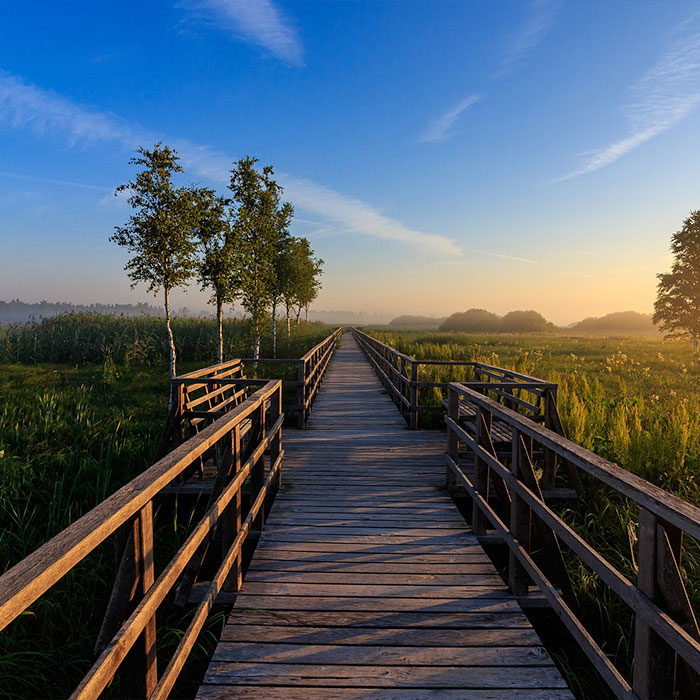
5. Man-made causes.
Draining wetlands can also cause flooding. When wetlands are drained and water is forced into narrow channels, the result is overflowing and flooding when a larger than usual amount of water flows to a location. As well, water forced into these narrow channels flows faster, causing more devastation. Since 1993, over half the world’s wetland have been drained even though we have known of the negative effects since the 1970s.
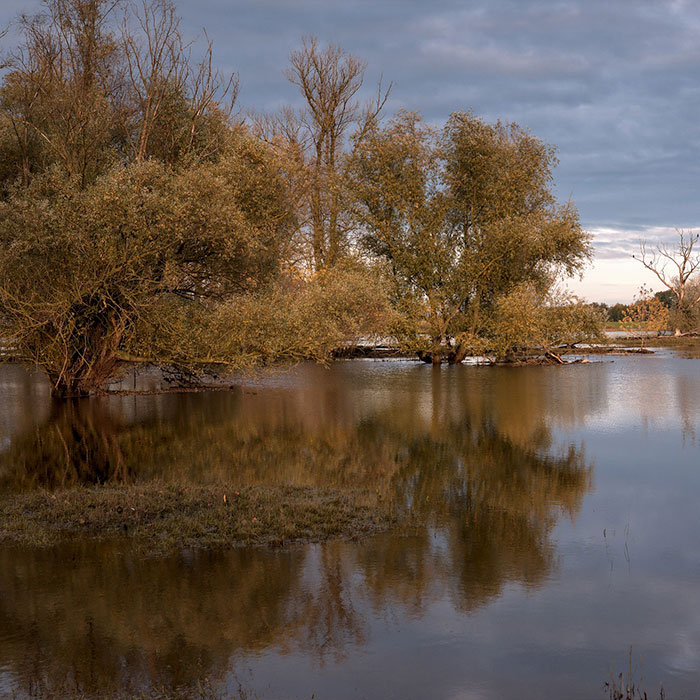
6. Death by drowning.
Most plants cannot stand to be submerged for more than a day or two without succumbing to drowning. Dormant plants are more tolerant than those in active growing mode. Another fallout is the crusting that often occurs in clay soils. Crusting makes it difficult for seeds to take hold or emerge.
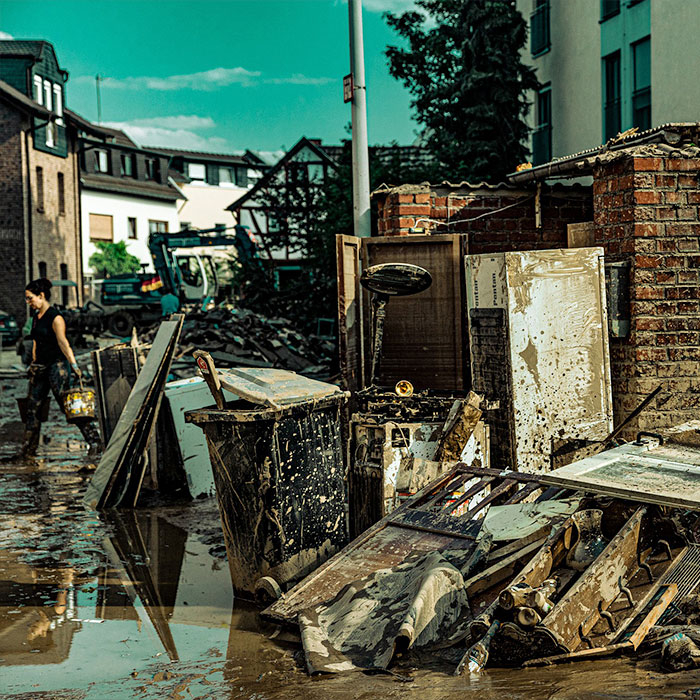
7. The secondary impact of flooding.
Floods can often carry pollutants in the waters, depositing them along the way. Wetlands are wonderful filters, cleaning up their own and other pollutants naturally through the action of the plant life, mollusks and fish that populate them. Permeable sediments clean water as it settles into the underground aquifers that make up 90 per cent of the world’s drinking water. Interestingly, 80 per cent of the world’s drinking water is used for agriculture.
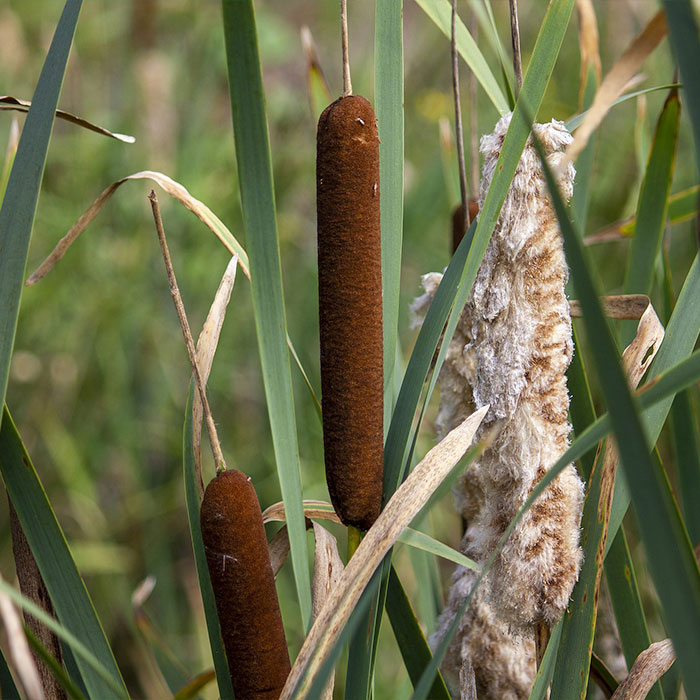
8. Cattails and oysters.
Plants such as cattails and reeds do a great job of cleaning up heavy metals. Water hyacinth, duckweed and water fern pick up and store iron and copper. One oyster can filter up to 200 litres of water a day, removing nutrients, suspended sediments and chemical contaminants from the water.

9. The longer-term effects of flooding.
In spite of the threats from flooding, flood plains are attractive to man as a place to settle because they contain rich ecosystems. Aquifers are abundant with cleaner water under the soil than in the rivers. The soil itself is rich in nutrients making it very attractive for agriculture. Perhaps one day, western humans will learn to build flood-proof structures on flood plains the way they do in some countries where houses are built on stilts to avoid the waters.

10. Flood forecast? Prepare.
If a flood is forecast for your area, take a few precautions. Shut off the electrical supply (as long as there is no water present). Shut off the gas supply. Disconnect eavestroughs that are connected to the home’s sewer system. Plug basement drains and remove toilets if you can. Move moveable objects to a higher level. If you get flooded, remember that mould starts growing within 48 hours. Store any flood damaged documents in a freezer until you can make copies.
-Dorothy Dobbie Copyright©
Pegasus Publications Inc.

